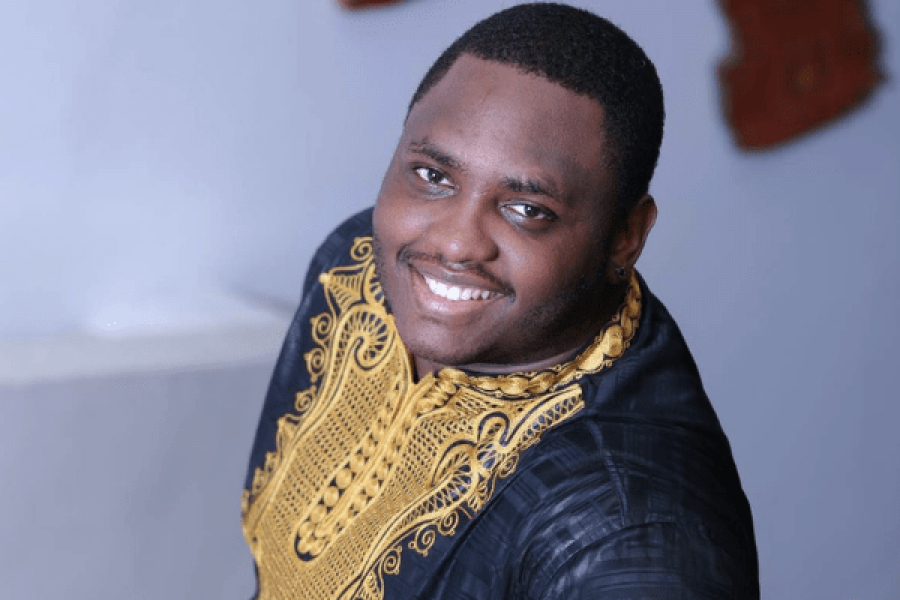Worldwide, more than 30 million people have unequal limbs. Unfortunately, only 5 % of them have access to prostheses, 75 % of these are not satisfied with what they have and about 40 % of new amputees reject prostheses for various reasons: high cost, too long manufacturing time, weight, complexity of control, design, etc. As a result, 95 % of disabled children never finish primary school and approximately 90 % of disabled people in developing countries are unemployed. Cure Bionics was founded with a mission to democratise access to affordable and scalable bionic prostheses. How does it do it? Find out in this Fanaka Story.
Cure Bionics, from a student challenge to a life mission
It all started in 2016 in Tunisia when Mohamed Dhaouafi and some of his friends participated in a student challenge to solve problems related to the SDGs. One of the team members had a cousin who was born without both upper limbs. Her parents could not afford to buy her prostheses. The group of students wanted to take up the challenge of making a mechanical prosthesis for the girl. Unfortunately, the project did not succeed.
Mohammed Dhaouafi, aware of the opportunity that such prostheses represented, decided not to stop there and founded Cure Bionics. He wanted to prove that this student challenge could give hope to thousands of families in Tunisia and elsewhere. So he decided to build a bionic arm from scratch, using his family's financial resources. Unlike the passive prosthesis, the bionic prosthesis uses a robotic process that allows it to act in response to the amputee's intentions.
Carrying out his ambitious project took the young man about a year, during which he met many people with limb differences. On one of his many visits to a hospital in Tunisia that cares for child amputees, Mohamed met an 8-year-old boy who had lost his right hand and leg to an electric shock. He was in terrible pain and his mother could not afford to buy him a prosthesis. That day, the young entrepreneur decided to narrow his focus to child amputees who did not have access to these types of devices because of their inappropriate size or because their families could not afford them.
More than a device, Mohamed now wanted the differences of these amputees, however painful, to become positive forces that would enable them to live better lives.

Bionic arms for a lighter everyday life
Cure Bionics is a start-up company that aims to fsheltering customisable bionic arms. 3D printed For people with limb differences, these bionic arms enhance the human body with multi-grip functionality (which ensures a better grip) and an aesthetically pleasing design so that they are "cool to wear", says the startup. Its target audience is mainly children aged 8 and over with below-elbow amputations.
These prostheses, which can be personalised with removable covers, are nevertheless financially accessible despite the innovation involved. Indeed, they have a rotating wrist, are easy to use thanks to an intelligent algorithm, are adjustable to accompany the child's development, have a wireless solar charger and are sold at an affordable price.
The Cure Bionics team also aims to provide amputee patients with a an entertaining and immersive therapeutic solution. Using a virtual reality headset and a muscle bracelet, they can see and control a virtual hand during training and rehabilitation sessions, while the doctor monitors them online from his or her office while obtaining accurate data in real time.

An award-winning innovative vision
Cure Bionics aims to become the world's largest, most popular and most recommended prosthetic brand. It wants to be able to deliver prosthetic arms in record time and impact the lives of hundreds of thousands of amputees in the coming years. This vision is shared by many international patrons.
Due to the impact of Cure Bionics, three years after its launch, Mohammed Dhaouafi has received numerous awards such as being listed as one of the top innovators under 35 by the MIT Technology Review, and being named one of the 30 young innovators under 30 by Forbes. As an alumnus of the Obama Africa Leader 2019 programme, Mohamed Dhaoufi continues to think big for Cure Bionics, the innovative start-up company through which he hopes to bring a better future to child amputees around the world.
Since its launch, Cure Bionics has been developing sophisticated 3D printed electronic arms for people with limb differences. In this way, it is actively contributing to the achievement of MDGs 3 and 10 related to health and well-being, and reductions in inequality, respectively.





